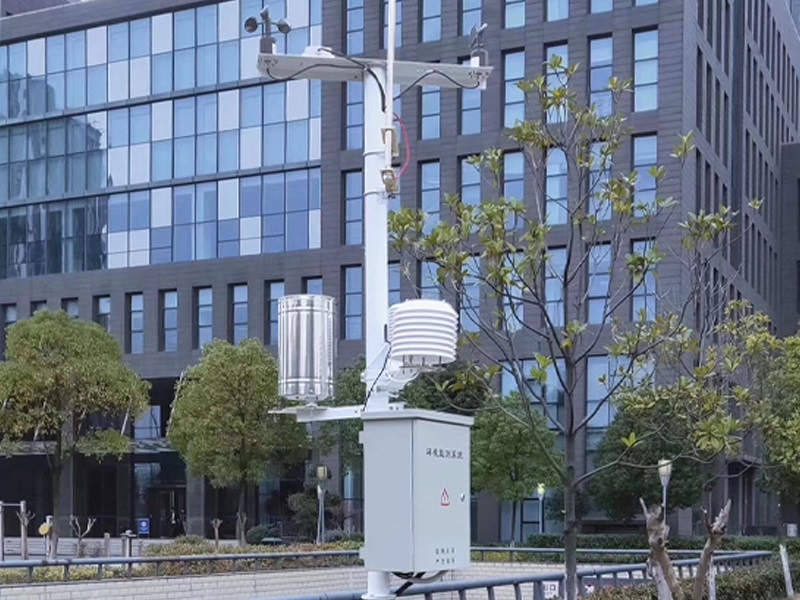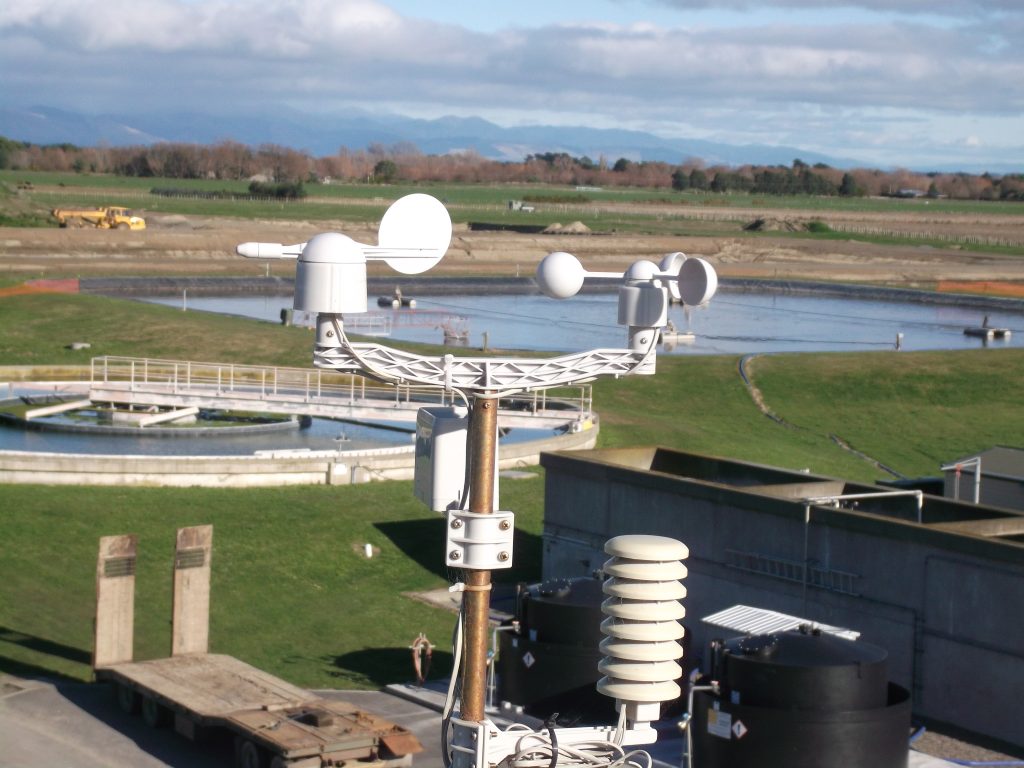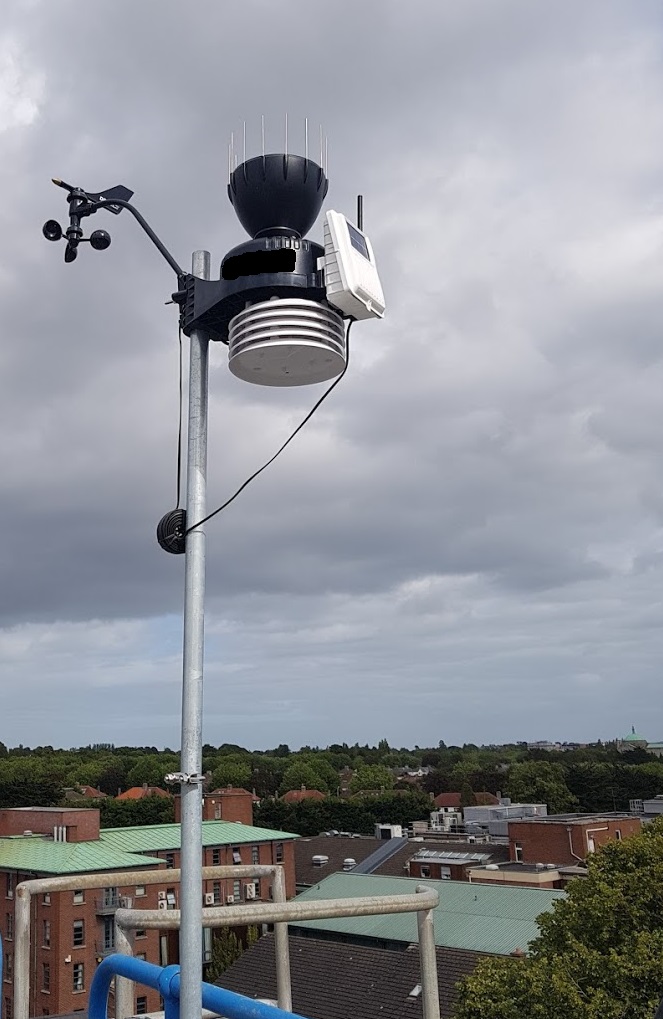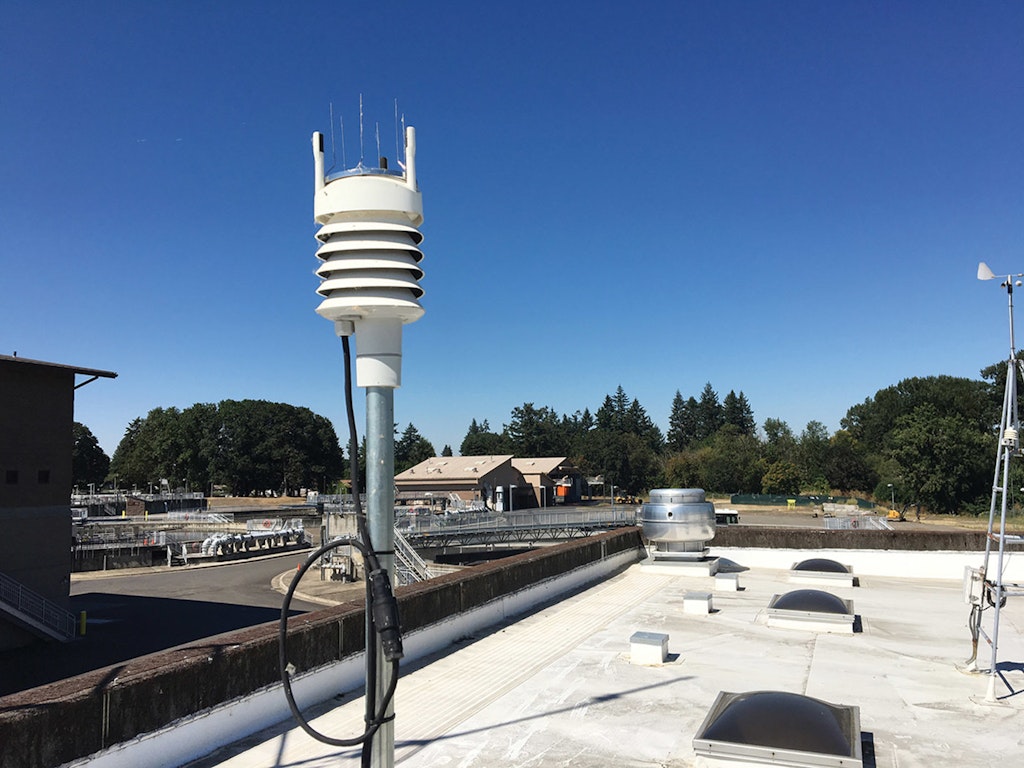How Weather Stations are Revolutionizing Urban Planning?
In the complex sector of urban planning, the significance of weather data cannot be overstated. From shaping infrastructure resolve to guiding disaster Being ready, weather information serves as a foundation for sustainable development in cities worldwide. With the setting of advanced weather station models and instruments, urban planners now have access to a wealth of real-time data, revolutionizing the way cities are designed, managed, and sustained. In this comprehensive exploration, we explore the transformative impact of weather stations on urban planning, examining their evolution, applications, and prospects.
Table of Contents
Understanding Weather Stations:
At the core of modern urban planning lies the integration of weather stations, and sophisticated devices designed to collect, analyze, and Distribute meteorological data. These stations consist of an array of weather instruments strategically positioned to measure various atmospheric parameters such as temperature, humidity, wind speed, storms, air pressure, and more. Equipped with cutting-edge technology and sensors, weather stations provide invaluable insights into controlling weather patterns, climate trends, and environmental conditions, serving as essential tools for urban planners.

The Evolution of Weather Station Models:
Over the years, weather station models have observed a remarkable evolution, shifting from traditional, stationary installations to highly advanced and adaptable systems. Early weather stations depended on manual observations and basic instruments, limiting their scope and accuracy. However, with rapid advancements in sensor technology, communication networks, and data analytics, modern weather stations have become increasingly sophisticated and flexible.
Today, weather station models come in various forms, ranging from compact, portable units suitable for temporary deployments to comprehensive, networked systems capable of monitoring large urban areas. These models utilize a combination of sensors, data loggers, telemetry systems, and cloud-based platforms to collect, process, and visualize meteorological data in real-time. Moreover, advancements in reduction in size and energy efficiency have enabled the development of autonomous weather stations powered by renewable energy sources, further enhancing their accessibility and reliability.
The Role of Weather Instruments:
At the core of every weather station are the instruments responsible for measuring atmospheric parameters with precision and accuracy. These weather instruments include thermometers for temperature measurement, hygrometers for humidity sensing, anemometers for wind speed and direction detection, barometers for air pressure monitoring, rain gauges for storm assessment, and more. Each instrument plays a vital role in capturing different aspects of the weather, allowing urban planners to gain comprehensive insights into local climate conditions and trends.
Furthermore, advancements in sensor technology have led to the development of specialized instruments tailored to address specific urban planning challenges. For example, microclimate sensors are designed to monitor localized weather conditions within urban environments, enabling planners to assess heat islands, air quality, and other micro-scale phenomena. Similarly, remote sensing technologies such as LiDAR (Light Detection and Ranging) and RADAR (Radio Detection and Ranging) complement weather station data by providing high-resolution spatial information for urban mapping and analysis.

Real-Time Monitoring and Data Analytics:
One of the most significant advantages of modern weather stations is their ability to provide real-time monitoring and data analytics capabilities. By utilizing cloud computing, wireless communication networks, and Internet-of-Things (IoT) technology, weather stations can transmit meteorological data instantaneously to centralized servers for analysis and explanation. This real-time data stream empowers urban planners to make timely decisions in response to changing weather conditions, natural disasters, and environmental dangers.
Moreover, advanced data analytics algorithms enable the extraction of valuable insights from large volumes of weather data, facilitating predictive modeling, risk assessment, and scenario planning. Machine learning techniques, for example, can analyze historical weather patterns and predict future trends with high accuracy, enabling proactive measures to mitigate climate-related risks such as flooding, heat waves, and storms. Additionally, data visualization tools transform complex weather datasets into conscious maps, charts, and dashboards, enhancing stakeholder communication and decision-making.
Applications in Urban Planning:
The integration of weather stations into urban planning processes has unlocked many applications across various domains, ranging from infrastructure development and disaster management to environmental conservation and public health. Here are some key areas where weather stations are revolutionizing urban planning:

Infrastructure Flexibility:
Weather data helps assess the potential of critical infrastructure such as transportation networks, utilities, and buildings to extreme weather events and climate change impacts. By incorporating weather station data into infrastructure design and maintenance strategies, planners can enhance Flexibility and reduce the risk of damage and disruption.
Green Spaces and Urban Design:
Weather stations inform the design and management of green spaces, parks, and urban forests by providing insights into microclimate conditions, air quality, and thermal comfort. This data-driven approach enables planners to optimize green infrastructure investments, mitigate urban heat islands, and enhance the Lifestyle of cities for residents.
Emergency Response and Disaster Preparedness:
During natural disasters such as hurricanes, floods, and wildfires, weather stations play a crucial role in monitoring evolving weather conditions and issuing early warnings to residents and emergency responders. By integrating weather station data with disaster management systems, planners can improve preparedness, separation planning, and response coordination, ultimately saving lives and minimizing property damage.
Sustainable Development and Climate Adaptation:
Weather stations support sustainable urban development by facilitating climate adaptation strategies, renewable energy planning, and carbon footprint reduction initiatives. By analyzing long-term climate trends and projecting future scenarios, planners can prioritize investments in solid infrastructure, renewable energy sources, and green technologies to reduce the impacts of climate change and foster environmental sustainability.

Challenges and Opportunities:
Despite their transformative potential, weather stations also face challenges that need to be addressed to fully harness their benefits in urban planning. These challenges include data accuracy and reliability, integration of systems, maintenance and operational costs, and data privacy and security concerns. Additionally, ensuring reasonable access to weather station data and addressing differences in data coverage across different geographical areas are essential for promoting inclusive and sustainable urban development.
However, In the middle of these challenges inaccuracy opportunities for innovation and collaboration. The integration of emerging technologies such as Internet-of-Things (IoT), artificial intelligence (AI), and blockchain holds promise for enhancing the capabilities of weather stations and expanding their applications in urban planning. Furthermore, partnerships between governments, research institutions, private sector entities, and communities can foster data sharing, capacity building, and knowledge exchange, leading to more strong, inclusive, and sustainable cities.
Conclusion:
In conclusion, weather stations revolutionize urban planning by providing invaluable insights into weather patterns, climate trends, and environmental conditions. From enhancing infrastructure resolve to informing green space design and supporting disaster management efforts, weather station data is instrumental in shaping sustainable and resilient cities for the future. As technology continues to advance and weather station models become more sophisticated, the role of these innovative tools in urban planning will undoubtedly continue to expand, operating positive change and innovation in cities worldwide.

